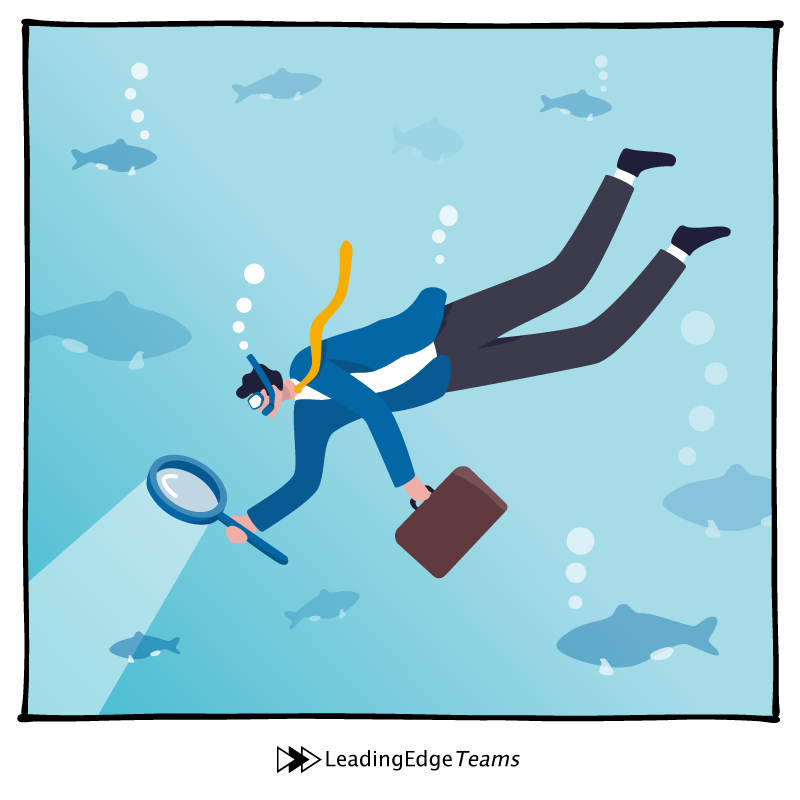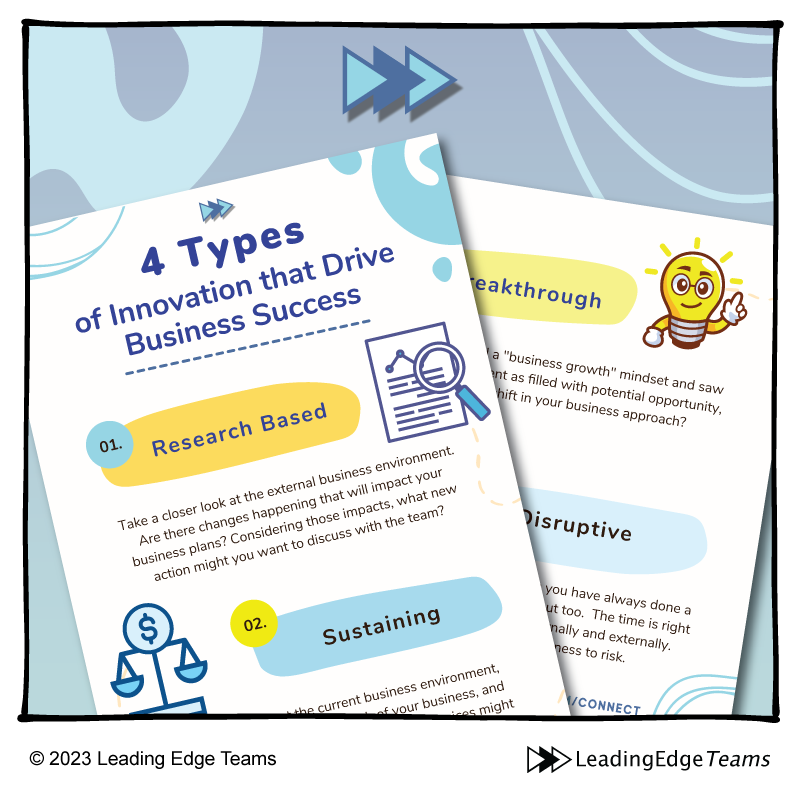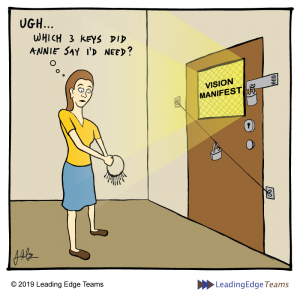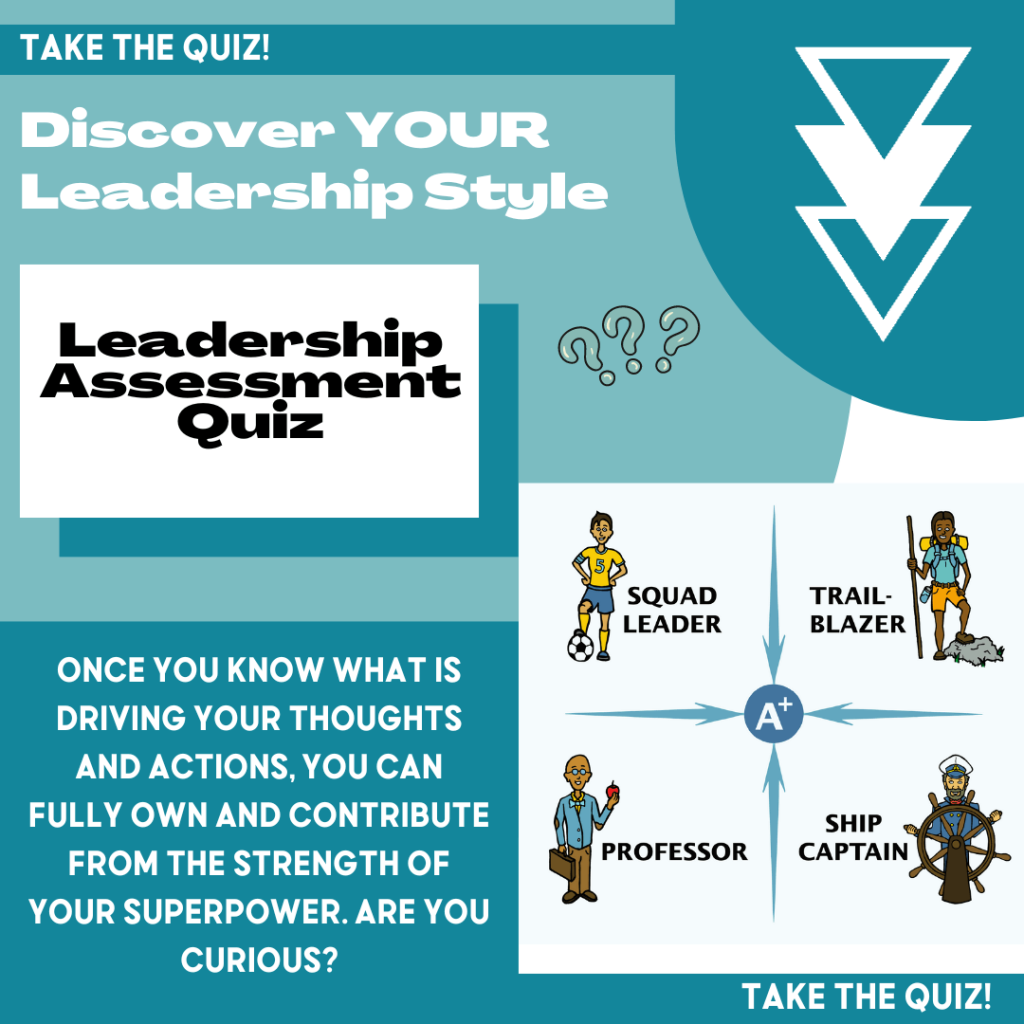Hi everyone! … from Barbara at Leading Edge Teams!
Building a strong team that achieves your business goals together requires a Functional Organizational Chart. This foundation is needed to support your long term success! This is based on your company vision and strategic business plan. It defines the infrastructure, systems and processes. and optimal team performance required to meet your goals.
My previous blog was on the related topic of Role Clarity. If you have not had a chance to read this, it would be valuable for you to circle back and connect these two blog teachings together.
This type of functional organizational chart is designed to be an ongoing, real-time representation of how your team operates.
If you don't have this established in your business, it's a true game changer for achieving optimal team performance!
To assure that your company is functioning at its best, let’s look at how to begin to create a functional organizational chart. It represents how your team works together to achieve your current goals.
Our focus is to help you clarify roles that work together as a cross-functional team!
We often hear from companies that people don't know who to go to for what. There are role titles and positions—however, to be a highly functional organization, the positions need to make sense in relationship to one another. Their responsibilities and purpose support each other as the team works together to achieve the goals and outcomes of the business.
When we work with our new clients, we start with an assessment in which we ask questions, listen, and get to know how their business is operating:
- Who are you… mission and vision?
- How do you operate?
- Employees or contractors? What do they do?
- Tell us about where your business is now. Give us some history.
- Tell us where you want to go.
- What do you feel is your biggest challenge right now?
As we listen, we make a chart of who does what, but that’s a people chart, right? And they don't have the responsibilities or the authority to lead a designated role yet.
As a business develops beyond the startup stage, more specialized hiring is needed. Usually they are part-time people and often contractors. Examples are an assistant or operations manager, project manager, IT person, marketing or PR firm, content writer, financial, legal and bookkeeper.
In early stages, the important planning, critical thinking, decision making, and problem solving remains substantially in the hands of the entrepreneur. He or she is still in the driver’s seat solo, and either doing things themself or directing the tasks of others to get things done. This is not sustainable to support what the business most needs, and to build on the increasing demand in the main functional areas of the business; such as marketing, tech, operations and delivery of programs and services.
(Helping CEOs learn to let go of controlling everything is a process we discuss in the article: The Control Trap!)
That said, the next stage of development is when these functional areas become distinguished from another. Mapping out these team performance areas and identifying the main functions achieved in each area begins the formation of your functional organizational chart. This is the path to follow in the process of then defining roles based on responsibilities.
A functional organizational chart describes the functions that are needed to be performed.
It maps out how these functions then relate to all steps that are needed to achieve the goals the team are working toward fulfilling. The intention is to map out the functions, and then assign the people. This is the difference between listing team members and tasks they do, versus a functional organizational chart that clarifies and defines roles for your team.
It’s a mindset shift for entrepreneurs as functional areas start getting defined. The business structure rests on how and where people are performing, or need to begin performing. Every role is a valuable part of achieving the outcomes of the business.
Identify your cross-functional leadership team for collaborative thinking.
Your next focus in this process is to identify a lead person for each primary functional area. These leaders then form a collaborative, cross-functional team that represents the perspective and information from each area. Depending on company size, the number and levels of titles may vary.
Ultimately, your team of cross-functional leaders represent different functional areas (some refer to them as departments). I also recognize them as the ‘Heart of your Business’. They are the central team that drives the company’s ability to achieve outcomes. They are responsible for executing the projects based on your company's strategic plan to successfully accomplish the goals. Daily tasks are aligned to business outcomes to form a team that mindfully strives to achieve outcomes rather than tasks.
NOW… to go forward, it is a process to create clear roles defined by the functional responsibilities held by each team member.
This is completed for the cross-functional leaders and all team members from CEO, managers and team level of operations. Be sure to follow the structure of your Functional Organizational Chart that outlines this for clarity and add team member names connected to each functional responsibility.
Depending on responsibilities, any one team member might be in multiple boxes across different functional areas. Right? This shows the responsibilities they hold. It also confirms with whom they are working. In each function/department, indicate who holds the main responsibility for managing and executing the outcome; this is the cross-functional leader for that area.
So now, go ahead and put your name in all the places that you hold a major responsibility.
Do this for everyone on your team. If your name is everywhere, you may laugh, because that indicates it’s unclear exactly what your role is.
WHAT’S MY PART?
(Where do you see yourself in the graphic example above?)
The first agreement you accept within the business is your role, your place within the organization and main responsibilities (your job description).
In the early stage of entrepreneurial businesses, some people are literally everywhere. And, you already know, this is needed in the early stage of business. It is necessary!
But then, as the business grows, roles dial in more specifically. You need to be utilized for your strongest expertise, in the correct function. This needs to be true for everyone for the company to achieve optimal performance and job satisfaction. In this process, people are freed up from doing everything, and are strong contributors in what they do best. This also helps retain the A-Players you hire!
The main responsibilities for each person’s role can be defined into THREE MAIN CATEGORIES:
ROLE RESPONSIBILITIES
- Functional responsibilities and results. Examples: Answering customer service inquiries, preparing marketing materials, producing monthly financial reports, planning the products for the new season, etc.
- Leadership responsibilities and results. Examples: Supervising and developing team members, cross-functional coordination, problem solving, communication, and decision-making (such as between marketing, operations and finance). Allocating and planning resources in alignment with the company budget. Putting in new structure, systems or processes.
WHAT THE TEAM OR COMPANY EXPECTS ME TO DO AS PART OF MY ROLE
- Participate in team meetings.
- Use designated systems and processes.
- Provide ongoing reporting and communications (weekly updates, flash reports, etc.).
- Complete administrative tasks (time sheets, HR stuff, etc.).
HOW I’M EXPECTED TO CONDUCT MYSELF
- Self-Leadership
- Interact with others and build professional relationships
- Be responsible and professional in how I handle change and unexpected situations.
A functional organizational chart represents your company at this moment in time. It strengthens and aligns teams. This structure for the “people part” helps all on the team know what is expected of them each day. Through this, everyone gains confidence and emotional endurance, have greater purpose, and are more effectively able to navigate through challenges.
Remember, this is a living document, and is restructured as needed due to change and growth.
You may have questions about creating your functional organizational chart. Please don’t hesitate to contact me, Barbara Schindler.
Or leave a comment below for me and I will schedule a complimentary call with you to discuss it.











